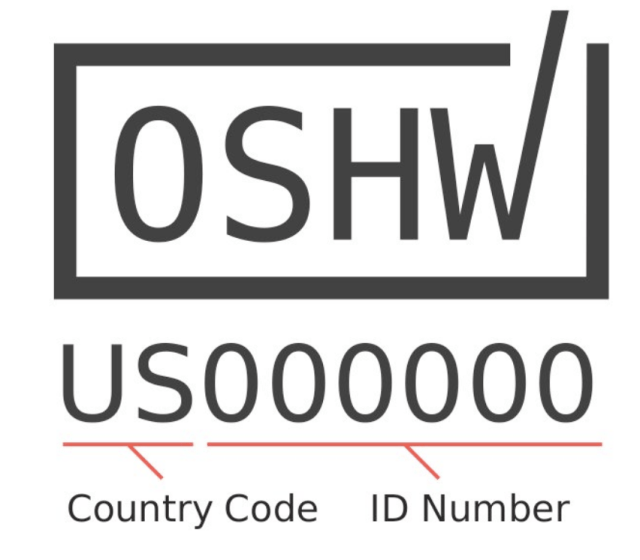
The Open Source Hardware Association (OSHWA) runs a free program that allows creators to certify that their hardware complies with the community definition of open source hardware. Whenever you see the certification logo, you know that the certified hardware meets this standard.

Currently the Certification database lists over 2300 individual certifications! In June we added 85 new certifications, from data loggers to breakout boards and everything in between we were happy to have new and recurring names show up! Here are three certifications we think you should check out today.
It is summer time! A time when many people take vacation and work on their passion projects. With school out for the summer many academics do a great deal of research and development, which means a windfall for Open Hardware certification. In July alone the Open Source Hardware Association certified about four dozen open hardware projects, from about a dozen countries, covering a whole range of applications. Let’s talk about a few of the more interesting ones!
Open Source Pedal Board

The first project of note is an open-hardware pedalboard audio/midi platform from Switzerland. I’ve lived with a number of circuit benders, noise musicians, and guitarists, and effects pedals are a crucial part of the creative process. The thing about effects pedals is that they are generally really expensive for relatively simple pieces of analog electronics. On the other hand, this open-hardware pedal uses primarily digital effects, and makes use of a Raspberry Pi Pico with a custom firmware, along with a HiFi Berry DAC / ADC, and some basic user interface and power management components. The cool thing about this piece of hardware is that it allows you to create an almost unlimited number of digital effects for the price of a single analog guitar pedal.
Capacitive Touch Sensors

I’m not much of a musician myself but I do happen to own two Otomotones. These little quarter note shaped musical instruments emit what can only be described as the most annoying sound on earth, and have developed a cult following on the internet. A while back I looked into building my own Otomotone from scratch. The problem with this endeavor is that the long tactile sensor that runs up the tail of the note is an extremely expensive part. I wasn’t able to find the exact sensor used in the Otomotone, but this 6cm version runs about $22 in quantities of one. This is why I am really excited by this $6.50 capacitive touch slider that was recently certified by Sparkfun. With a quick for and redesign this sensor could easily replace a $22 component for a fraction of the cost.
Pet Monitor

I keep two fancy fish tanks at home, and traveling always becomes a problem. Many automatic fish feeders are garbage, and they lack any sensors to tell you what’s going on in terms of water quality. A Guatemalan engineering student named Alfredo Mazariegos designed and certified his own automatic pet sensor and feeder for his final design project at university. The device uses an ESP32 for internet connectivity and comes complete with a web-based monitoring dashboard using MQTT as the middleware. It is a really impressive project with a number of useful applications; quite a feat for a student who hasn’t graduated yet!
Visible Spectrum Emitter

Our final certification for July is US certification number 2350, which is the SparkFun Qwiic Visible Spectrum Emitter based on an original design by Ben Krasnow. For a bit of context and backstory I suggest you watch Ben’s Video from last year on silver non-prisms grown into structural colors using high power LEDs. I actually watched this video just a day before writing this report! The short of it is that this board emits a wide range of pure light colors. Most of the RGB LEDs on the market don’t actually emit “pure” wavelengths of colors; instead they fake out the human eye by emitting a mixture of three or four individually colored LEDs that our brains perceive as different colors. Having pure light colors is particularly useful for scientific and industrial applications as Ben makes clear in his video. This particular board is a useful bit scientific and industrial kit as it allows the user to select the exact wavelength of light they need for a particular application.
Original work: https://github.com/benkrasnow/MultiSpectLED
You can keep up with updates on all the latest certifications by following our certification bot on mastodon https://botsin.space/@OSHWA_OSHW or submit your project to be certified today at https://application.oshwa.org/
ADVERTISEMENT
Join Make: Community Today









